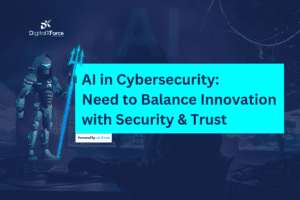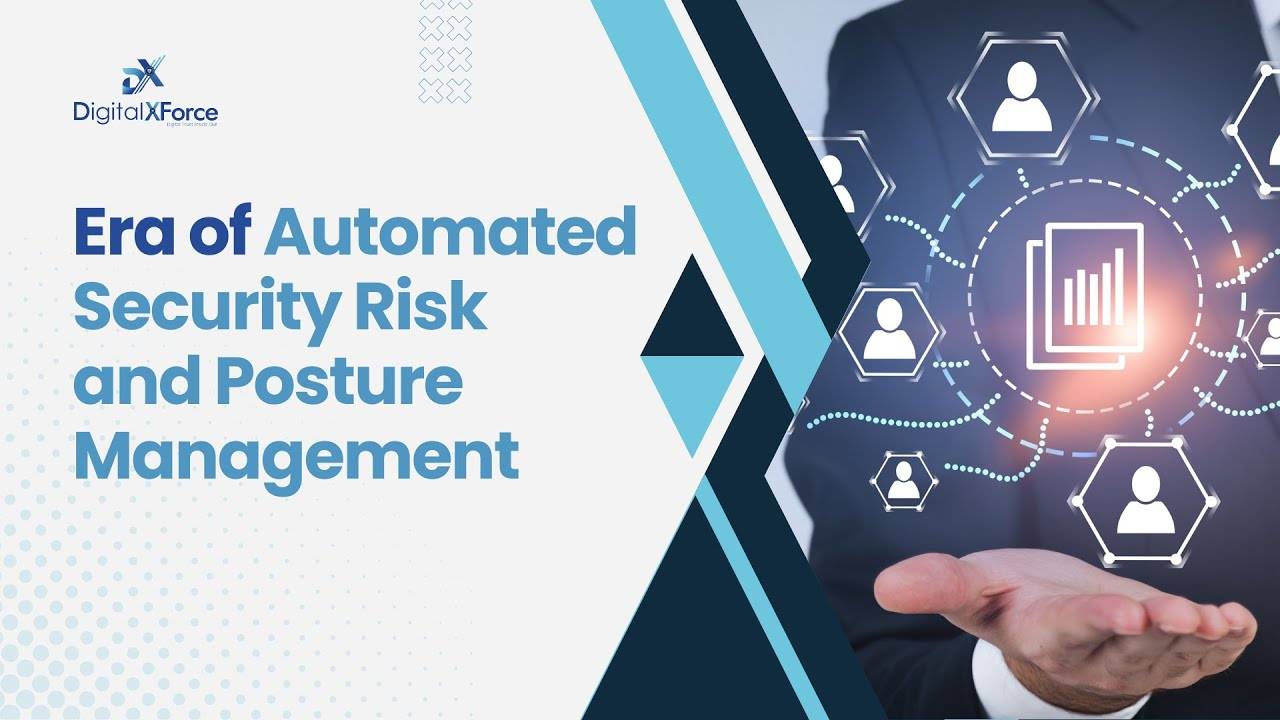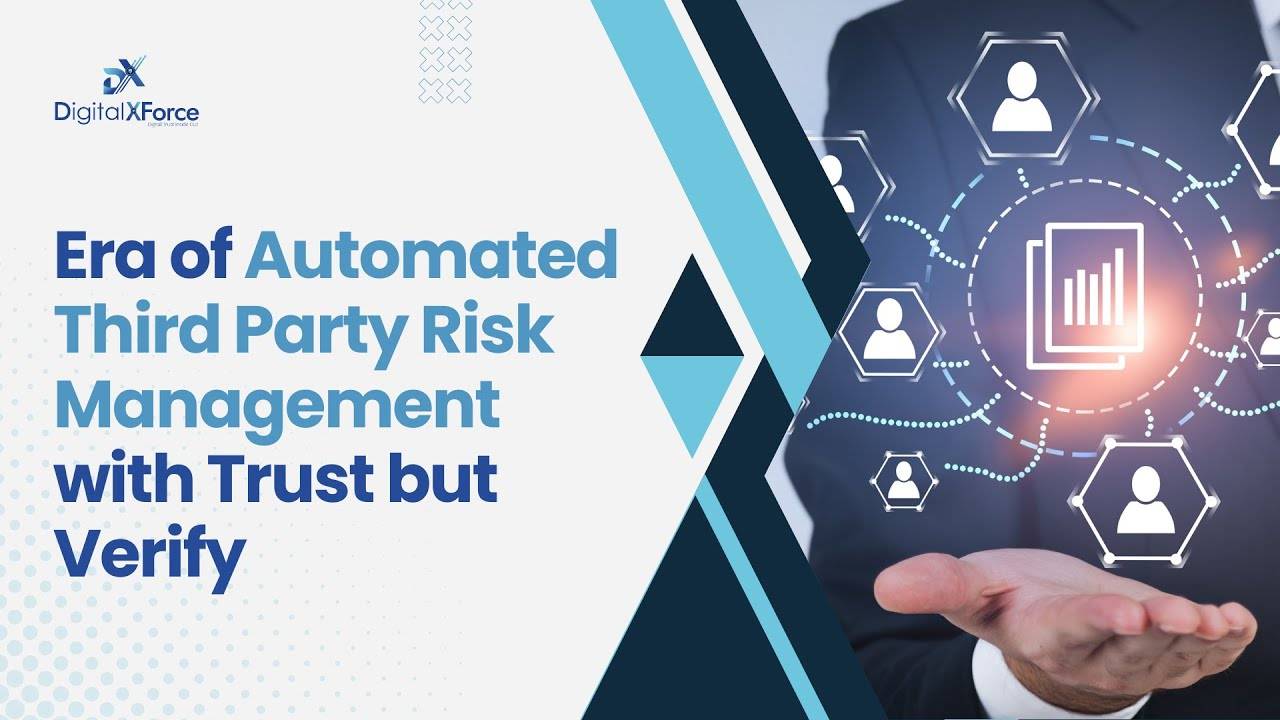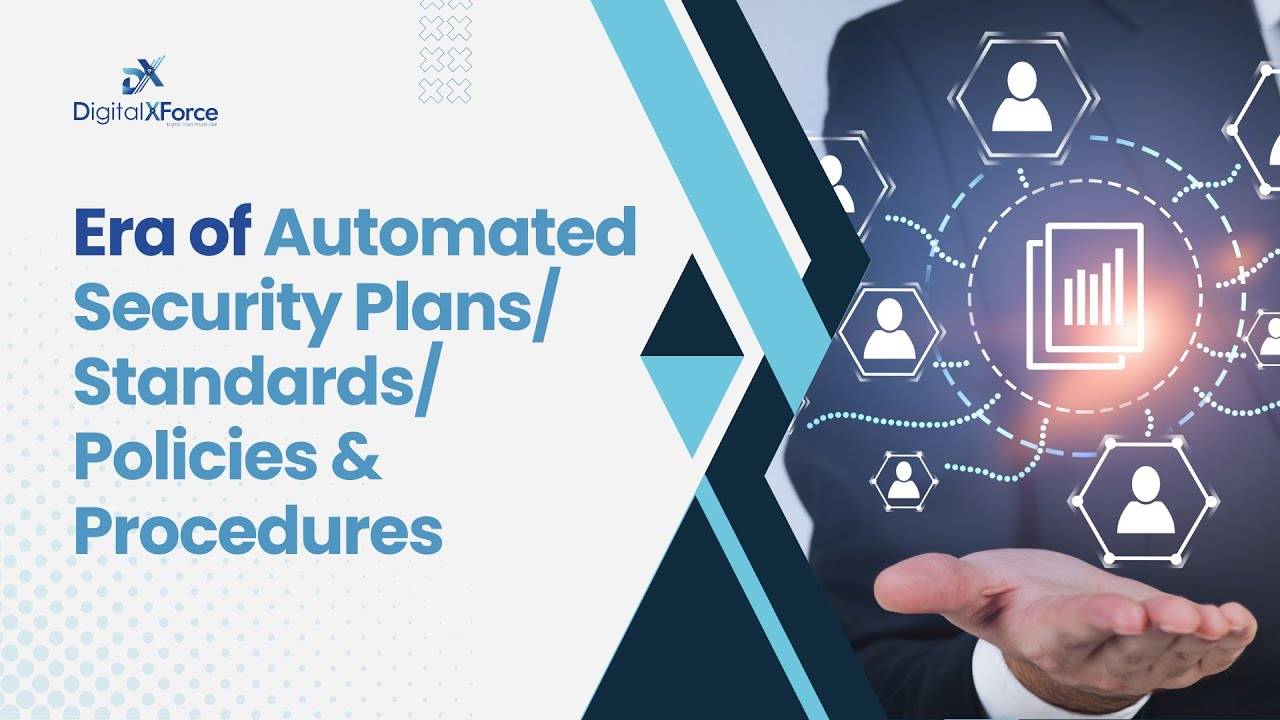
“A CyberRisk Alliance study reveals a split in AI adoption among North American security pros. While 50% plan AI-powered email security, only 15% are early adopters. Concerns grow as 55% fear AI-boosted phishing threats, even as 59% accelerate adoption to combat evolving risks and improve detection accuracy.” – SC Media
Is Artificial Intelligence (AI) a Shield, Sword, or Both?
Picture this scenario: It’s 3 AM. A cybersecurity professional sits in a dimly lit room, fingers hovering over a keyboard, watching lines of code dance across multiple screens. The enemy? Not just hackers, but an increasingly sophisticated digital ecosystem where artificial intelligence has become both our most powerful defender and our most unpredictable threat.
The recent CyberRisk Alliance study isn’t just numbers—it’s a war cry. Fifty percent of North American security professionals are preparing to deploy AI-powered email security, while simultaneously wrestling with a stark reality: 55% fear the very technology they’re embracing could become a weapon in the wrong hands.
The Paradox of Technological Evolution
We’re standing at a critical inflection point. AI in cybersecurity isn’t just a technological upgrade—it’s a fundamental reimagining of digital defense strategies. Consider the stark contrast: While 59% of organizations are accelerating AI adoption to improve threat detection accuracy, a significant portion remains paralyzed by the potential risks.
The Dual-Edged Nature of AI
Imagine an AI system capable of:
- Predicting phishing attempts before they materialize
- Identifying system vulnerabilities in microseconds
- Adapting faster than human analysts could ever dream possible
But here’s the gut-punch: That same technology could be weaponized by malicious actors to create the most sophisticated cyber attacks in history.
Trust: The Invisible Infrastructure
Cybersecurity has always been about more than just technology. It’s about trust. The digital ecosystem we’re building isn’t just a network of machines—it’s a complex web of human interactions, business relationships, and global communications.
When we talk about AI in cybersecurity, we’re not discussing a mere technological tool. We’re negotiating the very boundaries of digital trust.
The Human Element
Despite rapid technological advancement, human intuition remains irreplaceable. The most advanced AI is still a product of human design, human ethics, and human oversight. Our challenge isn’t just about creating smarter systems—it’s about creating responsible systems.
Strategic Considerations for Responsible AI Integration
- Transparent Development
- Open dialogue about AI capabilities and limitations
- Regular, independent audits of AI security systems
- Clear ethical guidelines for AI deployment
- Continuous Learning Frameworks
- Adaptive systems that learn from both successes and failures
- Human-in-the-loop mechanisms to prevent autonomous decision-making
- Robust feedback loops that prioritize security over pure efficiency
- Collaborative Defense Strategies
- Cross-industry knowledge sharing
- Public-private partnerships in threat intelligence
- Global standards for AI security protocols
The Economic and Security Imperative
The stakes are astronomical. A single sophisticated cyber attack can cost organizations millions, potentially destroying years of digital infrastructure and customer trust. AI isn’t just a technological solution—it’s an economic necessity.
Balancing Innovation with Prudence
The CyberRisk Alliance data reveals a critical insight: Organizations aren’t blindly rushing into AI adoption. They’re carefully weighing potential benefits against substantial risks. This measured approach is precisely what’s needed in our rapidly evolving digital landscape.
Key Considerations for Security Professionals
- Risk Assessment: Continuous, comprehensive evaluation of AI systems
- Ethical Frameworks: Developing robust guidelines for AI deployment
- Skill Development: Training teams to work alongside AI, not just implement it
- Adaptive Strategies: Creating flexible security models that can rapidly evolve
The Road Ahead: A Collaborative Journey
We’re not just building technology. We’re architecting trust. Each line of code, each AI model, each security protocol is a testament to our collective commitment to creating a safer digital world.
Beyond Technology, Towards Trust
The future of cybersecurity isn’t about choosing between human intelligence and artificial intelligence. It’s about creating a symbiotic relationship where technology amplifies human potential while remaining firmly under human guidance.
As we stand on this technological frontier, one thing becomes crystal clear: Our greatest security doesn’t lie in the sophistication of our tools, but in our wisdom to use them responsibly.
The digital battlefield awaits. Are we ready?



